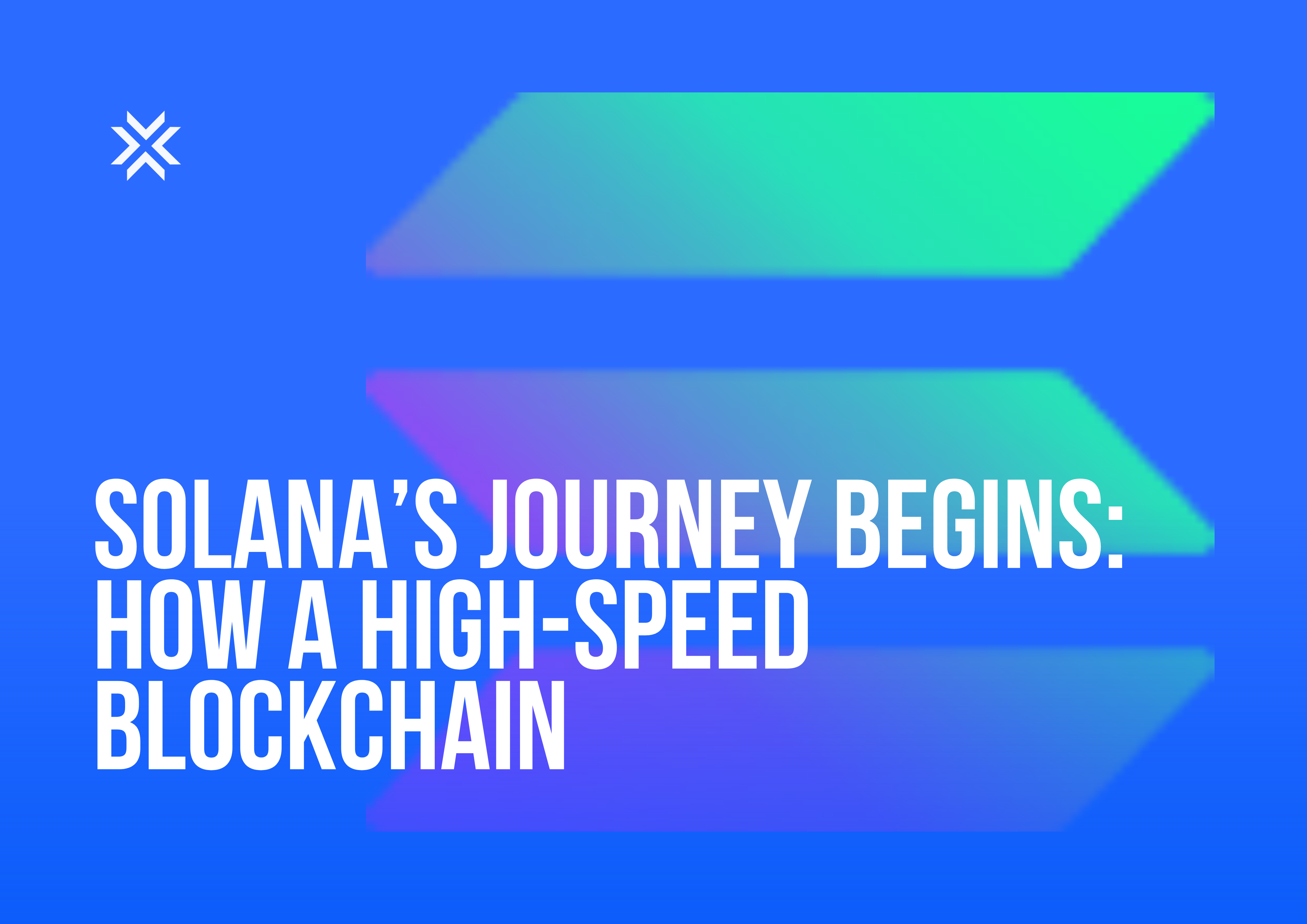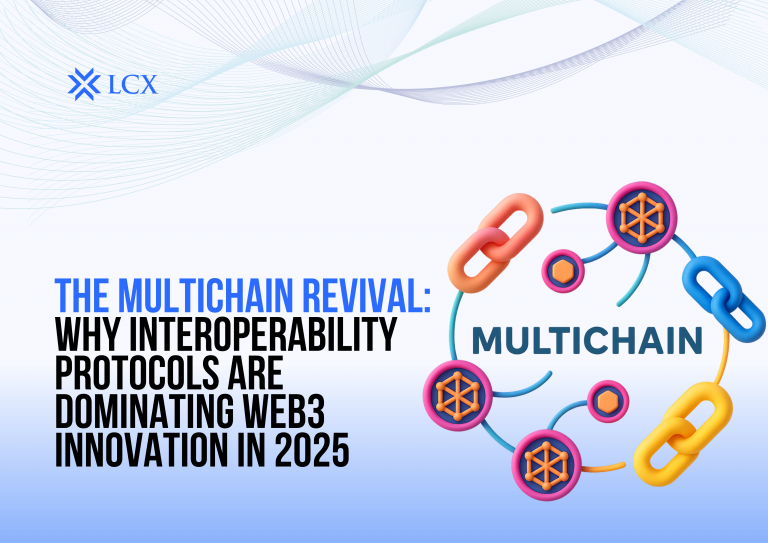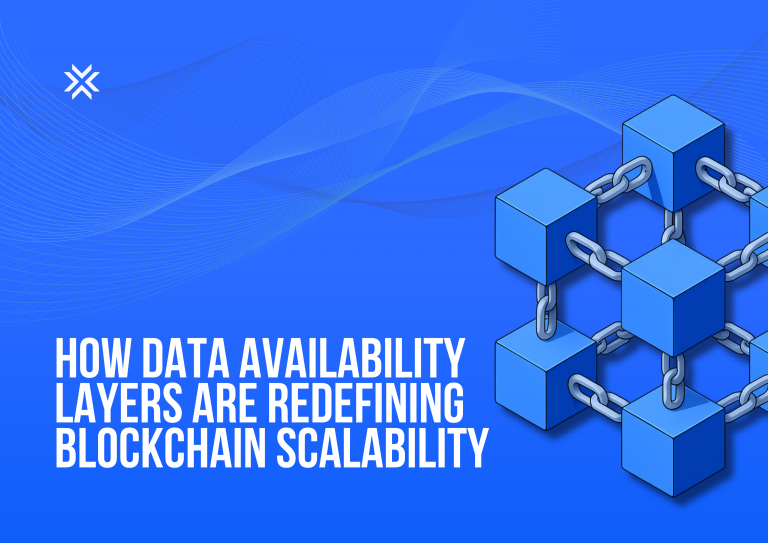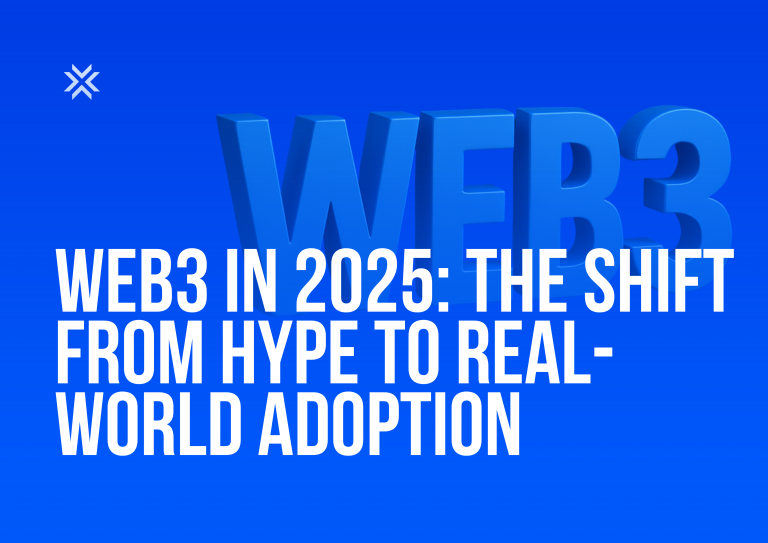When Solana flipped the switch on its Mainnet Beta on March 16, 2020, it marked more than just another blockchain launch; it was a bold attempt to redefine what high-performance, decentralized networks could be. From the very first block, timestamped at approximately 14:29 UTC, Solana entered the scene with ambition and speed.
The Beta Launch and What It Meant
The Mainnet Beta wasn’t a finished product—it was an evolving network undergoing live testing. The infrastructure was fully functional, capable of handling transactions and smart contracts, but still under active refinement. The “beta” label allowed the Solana team to gather real-world data, patch vulnerabilities, and continuously optimize performance.
This phase wasn’t without issues. The network experienced several outages in its early days, often due to high user demand or bot activity during NFT launches. Still, these setbacks were treated as critical learning experiences. Developers prioritized stability over hype, even postponing certain features, such as staking rewards, until core mechanisms were better understood and more secure.
Founding Team and Early Vision
A group of engineers conceived Solana, many with backgrounds in high-performance systems at Qualcomm. Leading the charge was Anatoly Yakovenko, who authored the original Proof of History (PoH) whitepaper in late 2017. This concept would later become the cornerstone of Solana’s technical architecture.
Key members of the founding team include:
- Anatoly Yakovenko – Visionary behind PoH and Solana’s chief architect.
- Raj Gokal – Co-founder and operations lead, with a background in venture capital and healthcare tech.
- Greg Fitzgerald – Built the initial PoH prototype and now serves as Solana’s CTO.
- Stephen Akridge – Innovator in GPU-driven transaction verification.
- Eric Williams – Co-founder, instrumental in network design and data modeling.
Originally named Loom, the team changed the name to Solana to avoid confusion with another blockchain project. In 2018, they incorporated Solana Labs, which led the project’s development and fundraising efforts. A year later, they began onboarding investors and experimenting with testnets. By April 2020, the Solana Foundation was established to oversee the protocol’s decentralization and ecosystem development.
The Innovations That Set Solana Apart
What made Solana stand out wasn’t just speed—it was a unique blend of architectural innovations, many of which were introduced to address blockchain’s long-standing bottlenecks:
- Proof of History (PoH) – A cryptographic timekeeping mechanism that pre-orders transactions for faster consensus.
- Tower BFT – An advanced Byzantine Fault Tolerant consensus model that works hand-in-hand with PoH.
- Turbine – Breaks data into smaller packets for efficient broadcasting across the network.
- Gulf Stream – Forwards transactions to validators in advance, eliminating traditional mempools.
- Sealevel – Enables parallel execution of smart contracts.
- Pipelining – Processes different stages of transactions simultaneously.
- Cloudbreak – A highly scalable database optimized for accounts and balances.
- Archivers – Nodes dedicated to storing blockchain history, reducing the load on validators.
These features collectively allowed Solana to achieve high throughput and ultra-low latency, targeting performance levels comparable to centralized systems while remaining decentralized in design.
Building Through Challenges
Solana’s path was far from smooth. Its ambitious design led to multiple high-profile outages and criticisms around decentralization, especially regarding validator requirements and token distribution. A notable controversy in 2020 involved confusion over SOL’s circulating supply, which was quickly corrected but nonetheless affected trust.
Despite this, Solana pressed forward. Tools like Firedancer, a new validator client built by Jump Crypto, aim to reduce dependency on Solana Labs and improve the network’s resilience and decentralization.
SOL Token and Network Economics
Solana’s native token, SOL, launched with a capped supply of 500 million. It plays a central role in the network, facilitating transaction fees, staking, and governance. Token allocations were distributed among early investors, team members, and the Solana Foundation, which stewards the community’s long-term interests.
Conclusion
Solana’s launch in March 2020 wasn’t just another addition to the Layer 1 ecosystem—it was a turning point. With its focus on speed, efficiency, and innovation, Solana pushed the boundaries of blockchain technology. Though its journey has included setbacks, its architectural breakthroughs and relentless optimization continue to influence the next generation of decentralized infrastructure.









